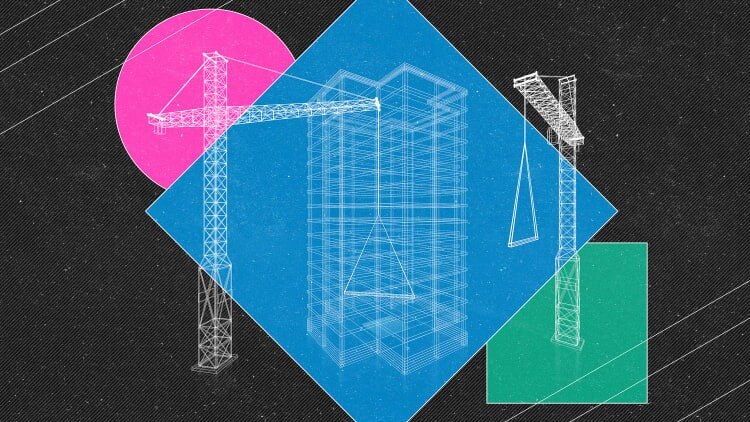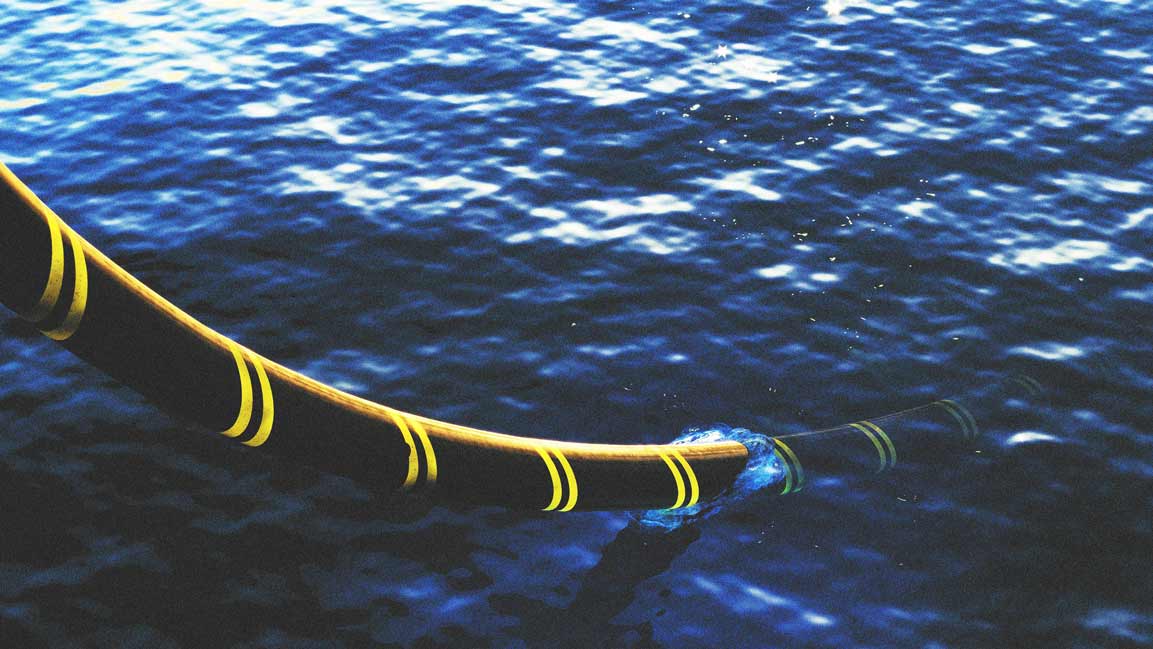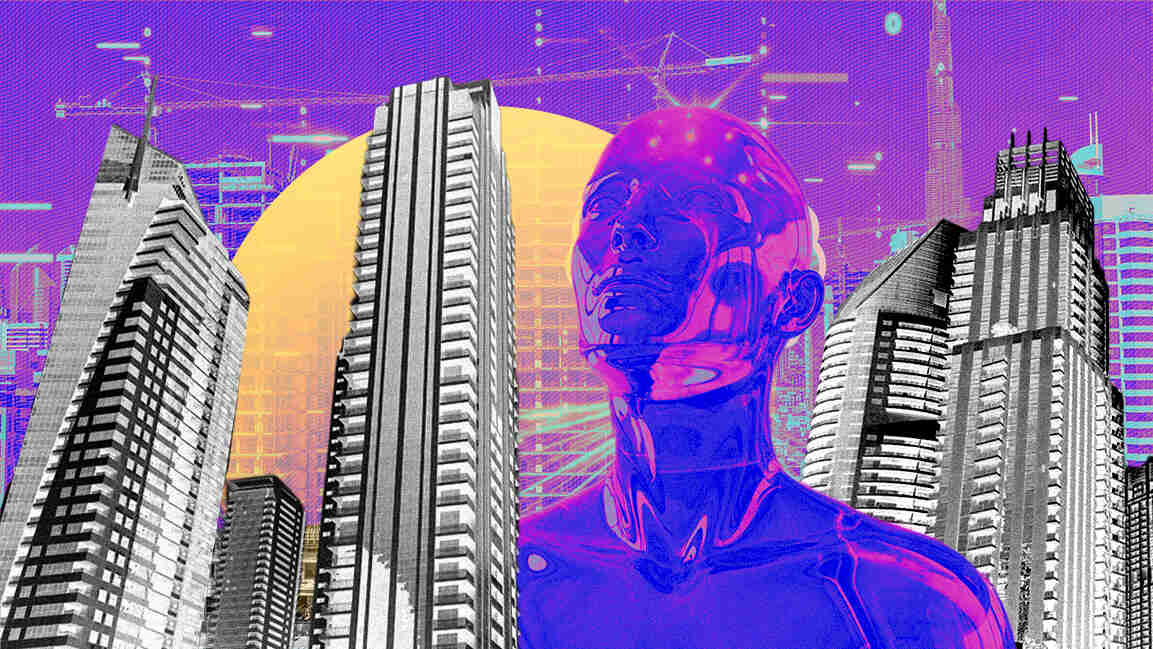- | 8:00 am
The future of construction is innovation and sustainability
There will never be a shortage of opportunity when sustainability is your goal.

In a world that produces “57 million tons of plastic waste every year” and in a nation with worsening home affordability for the past 20 years, millions of families are finding it increasingly difficult to achieve the dream of homeownership. Rising housing costs, coupled with high interest rates and limited inventory, have created an urgent need for innovative, sustainable, and affordable housing solutions that can reverse this troubling trend and provide relief for those struggling to find a place to call home.
We tackled this at Azure Printed Homes, by launching our 3D home printing business in 2022. We meshed the challenges of recycling plastic waste and the luck of gaining affordable housing to reimagine home construction with a patented 3D printing process that uses recycled polymers (approximately 150,000 plastic bottles) and fiberglass to construct entire structures.
Yes, as one of the finalists in this year’s Fast Company Small and Mighty list (and an honorable mention in Best World Changing Ideas), I am biased. I am cofounder of Azure Printed Homes, first covered by Fast Company when we launched our accessory dwelling units (ADU) and tiny home business two years ago in 2022.
Established versus startup: A sustainability foundation
We are far from alone in stepping forward to address the challenge of affordable, sustainable housing. But unlike most others, we believe that to address rising costs and increasing environmental concerns in a meaningful way, eco-friendly construction methods like 3D printing are essential. While the world’s biggest brands struggle to re-create themselves as sustainable ventures, they incur great costs to re-imagine and shift their traditional structures and process.
In nearly all cases, these barriers require them to progress in phases. Manufacturing changes require massive cap-X expenditures and an employee base with vastly different skills. Supply chains are forced to evolve. Marketing, messaging, and delivery must change, all while striving to protect the culture, brand promise, company reputation, and established customer base. Some brands such as Nike, Adidas, and Patagonia are succeeding. Most are struggling or are addressing sustainability in stages, and at great expense in forethought, research, and time.
But lean organizations that begin with impact and sustainability at their very foundation can innovate from an entirely clean page, which brings giant advantages. Companies can make ideal manufacturing and sourcing decisions from the start. Customization is far easier. Tweaks and improvements can happen economically and quickly.
Additionally, high innovation can bring vastly higher potential for profit, which can allow impact-driven ventures to fund their own expansion as well as attracting a wider field and variety of investors as the company grows.
Scale a sustainable future
Traditional funding sources have struggled to address the unique needs of impact-driven manufacturing startups, which aren’t able to answer the traditional metrics of years of profitability and a track record of progressively higher EBITDA. Furthermore, venture capital (VC) funding is plunging, with a 30% decline in global VC in 2024’s first quarter.
This requires impact startups to rely on new and alternative forms of funding. For some (Azure included) this means that crowdfunding could be a surprisingly successful means of obtaining initial funds. Angels and family offices are ideal investors.
For some businesses, federal, state, and municipal grants may provide valuable incentives to both providers and customers of environmentally sustainable goods. For example, we obtained funding from the state of Colorado to open our new factory near Denver, which is also accelerating our drive for equity investment for R&D and continuing sales.
Our vision is to use the traction these orders provide us to continue expanding to new manufacturing facilities and to scale our construction method globally, particularly as there is no end in sight to the global of plastic waste that we can use as raw materials to obtain and recycle. This model creates a virtual cycle that can scale to any degree required to meet humanity’s need.
What’s next?
As we look toward 2025 and our plans for continuing expansion and production capacity, our mission is to lead the charge in creating sustainable homes and ADUs that are both environmentally friendly and accessible to the biggest possible customer base. We see many impact-driven organizations, including our peers on this year’s Best World Changing Ideas list are uniquely poised to succeed in the changing business environment.
We look forward to sharing our experiences within this unique community as we continue to grow.
Gene Eidelman is the Co-founder of Azure







































